Nestled between the mighty peaks of the Himalayas, Nepal and Bhutan offer unparalleled natural beauty and rich cultural experiences that attract travelers from all over the world. These countries boast of picturesque landscapes, ancient temples, vibrant festivals, and warm, welcoming people. Planning your visit during the right time of the year is crucial to making the most out of your trip. This detailed guide will help you identify the best time to visit Nepal and Bhutan to ensure a memorable journey.
Nepal: An Overview
Nepal, home to the world's highest peak, Mount Everest, offers a plethora of attractions for travelers. Adventure seekers can embark on challenging treks in the Annapurna and Langtang regions, while culture enthusiasts can explore the UNESCO World Heritage Sites of Kathmandu Valley. In addition, Nepal's Chitwan National Park is a haven for wildlife lovers, and the serene city of Pokhara promises relaxation amidst stunning landscapes.
Bhutan: An Overview
Bhutan, the Land of the Thunder Dragon, is a country deeply rooted in its Buddhist heritage. Known for its policy of Gross National Happiness, Bhutan offers a unique blend of ancient traditions and modern development. Visit the cliffside monastery of Paro Taktsang (Tiger's Nest), explore the traditional architecture of Punakha Dzong, and witness the vibrant Thimphu Tsechu festival. Bhutan's unspoiled natural beauty, from the lush valleys to the snow-capped mountains, will leave you in awe.
Importance of Timing:
Choosing the right time to visit Nepal and Bhutan is essential to ensure favorable weather conditions, clear views of the mountains, and an opportunity to immerse in local festivities.
The timing of your trip will impact factors such as:
-
Temperature and Climate: Both Nepal and Bhutan experience four distinct seasons, each offering unique experiences. Depending on your preferences and the activities you plan to pursue, the best time to visit may vary.
-
Festivals and Events: Nepal and Bhutan are known for their vibrant cultural festivals, which often coincide with specific times of the year. Timing your visit to align with these events can provide an unforgettable cultural experience.
-
Trekking Conditions: For adventure seekers, the trekking season is a crucial factor in planning a visit to Nepal or Bhutan. The right time of year can offer optimal trekking conditions, clear mountain views, and comfortable temperatures.
The Best Time to Visit Nepal and Bhutan:
-
Spring (March to May): Spring is considered the best time to visit both Nepal and Bhutan, as the weather is mild and pleasant, with blooming rhododendrons adding a splash of color to the landscape. This season offers clear views of the mountains, making it ideal for trekking and sightseeing.
-
Autumn (September to November): Autumn is another excellent time to visit Nepal and Bhutan, with post-monsoon skies clearing up for stunning mountain vistas. The temperature is comfortable, and several festivals, such as Dashain and Tihar in Nepal and Thimphu Tsechu in Bhutan, take place during this time.

A well-timed visit to Nepal and Bhutan can make a world of difference in your travel experience. By selecting the appropriate season based on your preferences and the activities you wish to pursue, you can enjoy the best of what these captivating Himalayan destinations have to offer. So, plan your visit and embark on a journey of a lifetime!
Best Time to Visit Nepal
Nepal's diverse geography, ranging from the soaring Himalayan peaks to the lush Terai plains, contributes to its unique weather and climate. To fully appreciate the beauty and wonders of this magnificent country, understanding its seasonal patterns is essential. In this overview, we will explore the geographical factors affecting Nepal's climate and delve into the characteristics of each season: spring, summer, autumn, and winter.
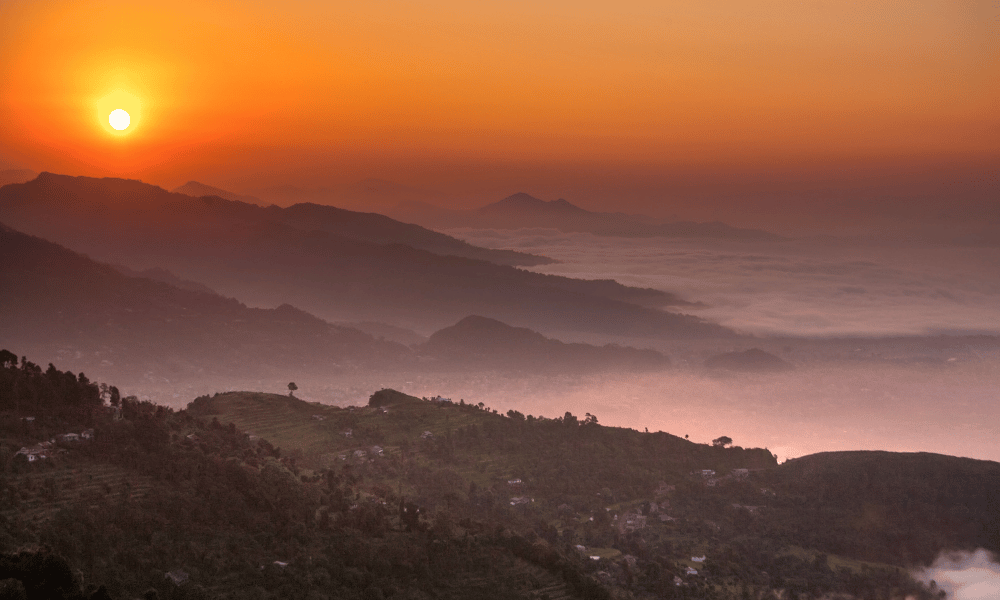
Geographical Factors Affecting Nepal's Climate:
-
Elevation: Nepal's elevation ranges from approximately 60 meters above sea level in the Terai plains to the world's highest peak, Mount Everest, at 8,848 meters. This dramatic variation in altitude results in distinct climatic zones, with temperatures decreasing as elevation increases.
-
Latitude: Nepal lies between 26° and 31° North latitude, placing it in the subtropical climatic zone. Consequently, Nepal experiences warm temperatures throughout much of the year, particularly in the lower elevations.
-
Monsoon Winds: The Indian Monsoon plays a significant role in Nepal's climate, bringing heavy rainfall during the summer months. The monsoon winds are responsible for shaping Nepal's distinct wet and dry seasons.
Seasons in Nepal:
-
Spring (March to May): Spring is characterized by mild temperatures, with daytime highs ranging from 16°C to 23°C in the valleys and 6°C to 15°C in higher elevations. Rhododendrons bloom during this season, painting the hillsides in vibrant hues. This period offers excellent trekking conditions and clear mountain views, making it popular among travelers.
-
Summer (June to August): Summer in Nepal is marked by the arrival of the monsoon, which brings heavy rainfall and high humidity. Temperatures can reach up to 30°C in the valleys, while the higher elevations experience milder conditions. Although trekking is generally not recommended during this time, the rainforests and Terai plains come alive with lush greenery and wildlife.
-
Autumn (September to November): Autumn is characterized by post-monsoon clear skies, offering stunning mountain vistas and comfortable temperatures. Daytime highs range from 12°C to 20°C in the valleys and 4°C to 12°C in higher elevations. This season is ideal for trekking and sightseeing and also features major festivals like Dashain and Tihar.
-
Winter (December to February): Winter in Nepal brings cold temperatures, particularly in the higher elevations where snowfall is common. The valleys experience daytime highs between 8°C and 12°C, with nighttime lows occasionally dipping below freezing. While trekking in high-altitude regions can be challenging during this time, lolower-elevationreks and wildlife safaris in the Terai plains remain popular.
Nepal's weather and climate are heavily influenced by its diverse geography, which creates distinct climatic zones and seasonal patterns. Understanding these factors will help you plan your trip accordingly, whether you're seeking adventure in the mountains, cultural experiences in the valleys, or wildlife encounters in the plains.
Spring (March to May) in Nepal
Spring, considered one of the best times to visit Nepal, offers numerous advantages for travelers. From vibrant rhododendron blooms to comfortable temperatures and clear skies, the season presents a range of opportunities for exploration and adventure. However, potential drawbacks, such as increased pollen levels, may also impact some visitors. Here we'll discuss the benefits and potential downsides of traveling to Nepal in spring and highlight some popular trekking routes to consider during this time.
Advantages of Traveling in Spring:
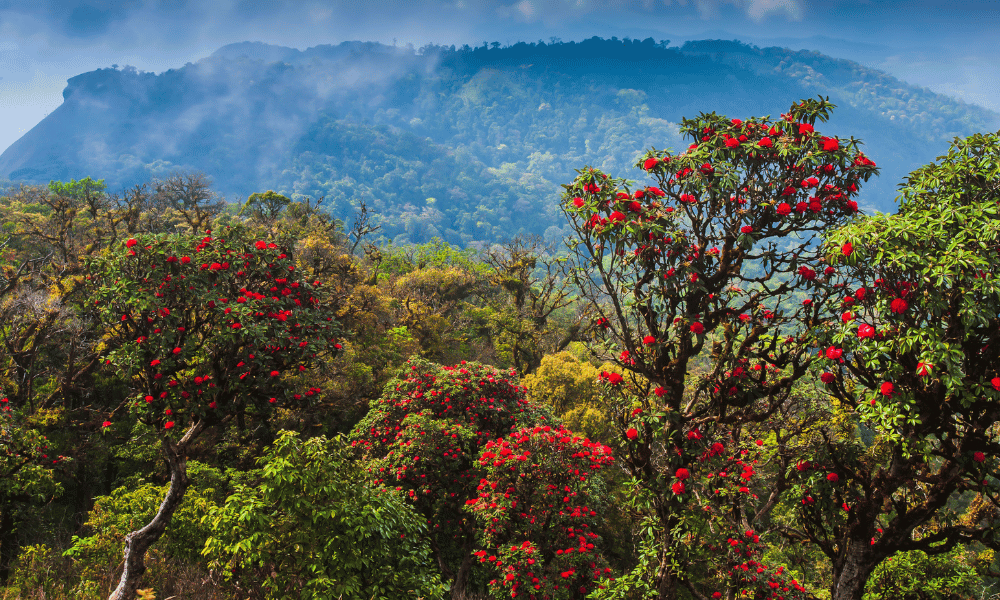
-
Rhododendron Blooms: Spring is the season when rhododendrons, Nepal's national flower, burst into bloom. The hillsides transform into a riot of colors, offering a picturesque backdrop for trekkers and photographers alike.
-
Comfortable Temperatures: Spring features mild temperatures, with daytime highs ranging from 16°C to 23°C in the valleys and 6°C to 15°C in higher elevations. This comfortable weather makes it an ideal time for outdoor activities and sightseeing.
-
Clear Skies: The clear skies during spring ensure unobstructed views of the majestic Himalayas. This is particularly important for trekkers and mountain enthusiasts who seek to enjoy the stunning vistas during their journey.
-
Trekking Opportunities: Spring is a popular time for trekking, with optimal conditions for exploring well-known routes like Everest Base Camp, Annapurna Circuit, and Langtang Valley. The combination of pleasant weather, blooming flora, and clear mountain views creates an unforgettable experience.
Potential Drawbacks:
-
Increased Pollen Levels: Springtime in Nepal, particularly during the peak of rhododendron blooms, can result in increased pollen levels. This may cause discomfort for allergy-sensitive travelers, who should take necessary precautions, such as carrying appropriate medication and consulting a doctor before their trip.
Traveling to Nepal during spring offers numerous advantages, including breathtaking rhododendron blooms, comfortable temperatures, and clear skies that allow for optimal trekking experiences. However, visitors should be aware of the potential drawbacks, such as increased pollen levels, and take necessary precautions if needed. By carefully planning and considering these factors, travelers can enjoy a memorable journey through Nepal's stunning landscapes and vibrant culture during the spring season.
Summer (June to August) in Nepal
Summer in Nepal, characterized by monsoon rains and lush greenery, offers a different perspective of this captivating country. While traveling during this season comes with potential challenges, it also presents unique opportunities and advantages. Here we will explore the benefits and drawbacks of visiting Nepal during the summer months, providing you with insights to help plan a memorable trip.
Advantages of Traveling in Summer:
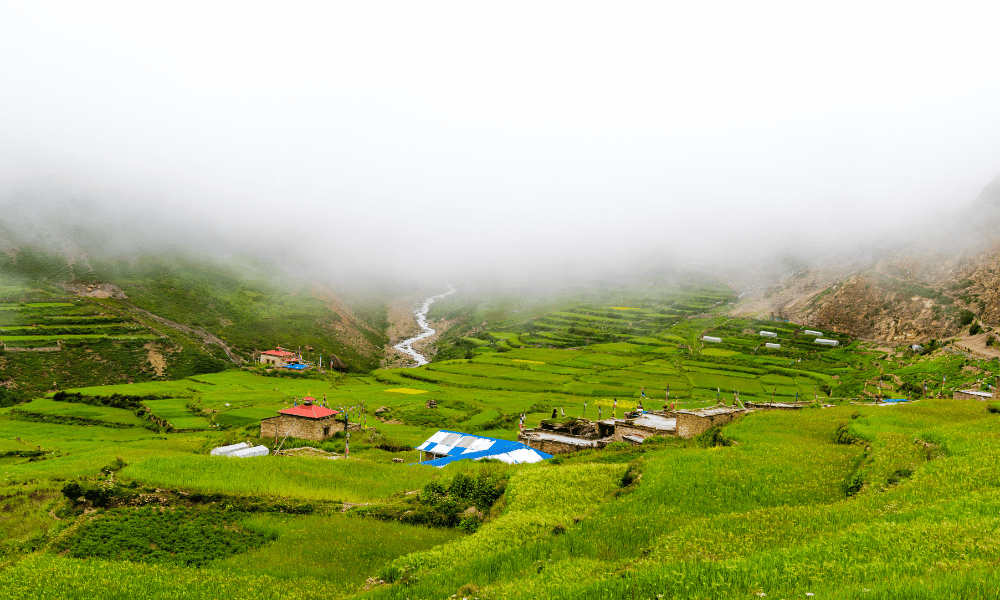
-
Lush Greenery and Vibrant Landscapes: The summer monsoon showers transform Nepal's landscape into a verdant paradise. The rainforests, rice terraces, and valleys come alive with lush vegetation, offering a refreshing contrast to the arid landscapes of other seasons.
-
Lower Tourist Numbers and Off-Peak Prices: Summer is considered the off-peak season in Nepal, which means fewer tourists and less crowded destinations. This allows for a more authentic experience and the opportunity to enjoy lower prices for accommodations, transportation, and other services.
Potential Drawbacks:
-
Monsoon Season, Heavy Rainfall, and Occasional Landslides: Summer in Nepal coincides with the monsoon season, resulting in heavy rainfall and high humidity. The rains can lead to occasional landslides and road closures, causing disruptions in travel plans and making transportation more challenging.
-
Limited Visibility and Trekking Opportunities: The persistent rainfall during summer months can reduce visibility, obscuring the otherwise stunning mountain vistas. Trekking is generally not recommended during this time due to slippery trails, leeches, and the increased risk of landslides.
Tips for Traveling in Summer:
-
Choose Lower-Elevation Destinations: While high-altitude trekking may not be ideal, summer is a great time to explore lower-elevation destinations such as the cultural sites in Kathmandu Valley or the wildlife-rich national parks in the Terai region.
-
Embrace Indoor Activities: Summer can be an excellent time to immerse yourself in Nepal's rich cultural and historical offerings. Visit museums, art galleries, and ancient temples to gain a deeper understanding of the country's heritage.
-
Be Prepared for Rain: Pack appropriate gear, such as waterproof clothing and footwear, to stay comfortable during the rainy season. It's also a good idea to have a flexible itinerary, as weather-related disruptions can be common during this time.
Traveling to Nepal during the summer months presents a unique set of advantages and challenges. By focusing on the lush greenery, off-peak prices, and engaging in cultural activities, you can make the most of your trip. However, be prepared for potential drawbacks, such as heavy rainfall and limited trekking opportunities, and take necessary precautions to ensure a safe and enjoyable journey.
Autumn (September to November) in Nepal
Autumn in Nepal is often regarded as the best time to visit, offering a perfect balance of clear skies, pleasant temperatures, and vibrant cultural experiences. However, the popularity of this season also brings certain drawbacks, such as higher tourist numbers and increased accommodation costs. Further, we will discuss the advantages and potential downsides of traveling to Nepal during autumn, providing insights to help you make the most of your trip.
Advantages of Traveling in Autumn:

-
Clear Skies: Autumn in Nepal is characterized by clear skies and crisp air, resulting from the departure of the monsoon season. This offers excellent visibility of the majestic Himalayan peaks and unobstructed views for photography enthusiasts.
-
Pleasant Temperatures: Autumn features comfortable temperatures, with daytime highs ranging from 12°C to 20°C in the valleys and 4°C to 12°C in higher elevations. The mild weather creates ideal conditions for outdoor activities and sightseeing.
-
Optimal Trekking Conditions: Autumn is considered the peak trekking season in Nepal, offering optimal conditions for exploring popular routes like Everest Base Camp, Annapurna Circuit, and Langtang Valley. The combination of clear skies, pleasant temperatures, and well-maintained trails provides trekkers with an unforgettable experience.
-
Major Festivals: Autumn coincides with several significant Nepali festivals, such as Dashain and Tihar, which offer travelers the opportunity to immerse themselves in the local culture and traditions. These vibrant celebrations are characterized by colorful decorations, traditional music and dances, and festive feasts.
Potential Drawbacks:
-
Higher Tourist Numbers: Due to the favorable weather and optimal trekking conditions, autumn attracts a large number of tourists to Nepal. This can lead to crowded trails and popular destinations, which may impact the overall experience for some travelers.
-
Increased Accommodation Costs: The high demand for accommodations during the peak season may result in increased prices and limited availability. It's essential to book your accommodations well in advance to secure a suitable place to stay.
Tips for Traveling in Autumn:
-
Plan and Book Early: To avoid disappointment and secure the best options for accommodations, permits, and transportation, plan your trip and make bookings well in advance.
-
Be Prepared for Crowds: Expect crowded trails and popular destinations during the peak season. Choose lesser-known trekking routes or off-the-beaten-path destinations for a more tranquil experience, if desired.
Autumn in Nepal offers numerous advantages for travelers, including clear skies, pleasant temperatures, optimal trekking conditions, and vibrant cultural experiences. However, the popularity of this season can also result in higher tourist numbers and increased accommodation costs. By planning and booking early, and being prepared for potential crowds, you can enjoy a memorable and enriching journey through the breathtaking landscapes and rich culture of Nepal.
Winter (December to February) in Nepal
Winter in Nepal, with its colder temperatures and unique experiences, offers a distinct perspective of this enchanting country. While this season presents some challenges for travelers, it also provides a range of advantages and opportunities. Additionally, we will explore the benefits and potential downsides of visiting Nepal during the winter months, giving you insights to help plan a memorable trip.
Advantages of Traveling in Winter:

-
Fewer Tourists and Lower Prices: Winter is considered the off-peak season in Nepal, which means fewer tourists and less crowded destinations. This allows for a more tranquil experience and the opportunity to enjoy lower prices for accommodations, transportation, and other services.
-
Unique Winter Festivals and Cultural Experiences: Winter in Nepal coincides with several unique festivals and cultural events, such as the Lhosar Festival, which celebrates the Tibetan New Year, and the Sweta Machhendranath Jatra in Kathmandu. These events offer travelers the chance to immerse themselves in the local culture and traditions, providing a deeper understanding of the country's heritage.
Potential Drawbacks:
-
Cold Temperatures and Snow in Higher Altitudes: Winter in Nepal brings cold temperatures, particularly in the higher elevations where snowfall is common. The valleys experience daytime highs between 8°C and 12°C, with nighttime lows occasionally dipping below freezing. Trekking in high-altitude regions can be challenging during this time, limiting the available options for adventure-seekers.
-
Shorter Daylight Hours: The winter months feature shorter daylight hours, which can impact outdoor activities and sightseeing schedules. Travelers should plan their itineraries accordingly to make the most of the available daylight.
Tips for Traveling in Winter:
-
Focus on Lower-Elevation Treks and Activities: While high-altitude trekking may be challenging, winter is a great time to explore lower-elevation destinations, such as the cultural sites in Kathmandu Valley or the wildlife-rich national parks in the Terai region.
-
Dress Appropriately: Pack warm clothing, including layers, hats, gloves, and insulated footwear, to stay comfortable during the colder temperatures. Investing in high-quality gear will ensure a more enjoyable experience.
-
Plan for Shorter Days: Organize your itinerary to take advantage of the available daylight hours and account for potential delays due to weather conditions or other unforeseen circumstances.
Traveling to Nepal during the winter months offers a unique set of advantages and challenges. By focusing on fewer tourists, lower prices, and engaging in cultural experiences, you can make the most of your trip. However, be prepared for potential drawbacks, such as cold temperatures and limited trekking opportunities, and take necessary precautions to ensure a safe and enjoyable journey.
Best Time to Visit Bhutan
Bhutan, known as the Land of the Thunder Dragon, is a small, landlocked country nestled in the eastern Himalayas. Its unique weather and climate are shaped by its diverse geography, which ranges from subtropical plains to towering mountain peaks. In this overview, we will examine the geographical factors affecting Bhutan's climate and discuss the characteristics of each season: spring, summer, autumn, and winter.
Geographical Factors Affecting Bhutan's Climate:
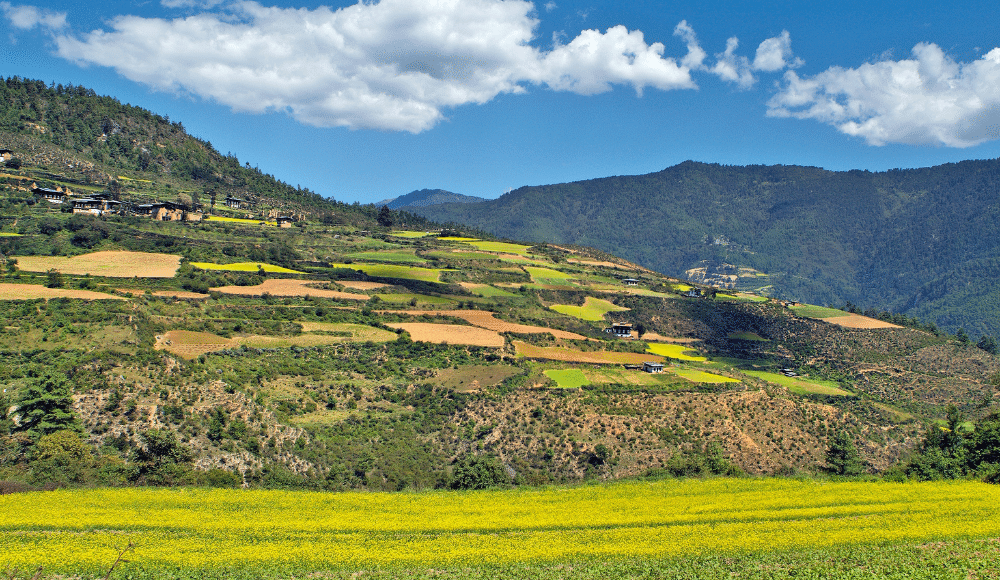
-
Elevation: Bhutan's elevation varies from approximately 200 meters above sea level in the southern foothills to more than 7,000 meters in the northern mountains. This wide range of altitudes creates distinct climatic zones, with temperatures decreasing as elevation increases.
-
Latitude: Bhutan lies between 26° and 29° North latitude, placing it in the subtropical climatic zone. This results in warm temperatures throughout much of the year, particularly in the lower elevations.
-
Monsoon Winds: Similar to Nepal, Bhutan's climate is heavily influenced by the Indian Monsoon, which brings substantial rainfall during the summer months. The monsoon winds shape Bhutan's distinct wet and dry seasons.
Seasons in Bhutan:
-
Spring (March to May): Spring in Bhutan is characterized by mild temperatures, with daytime highs ranging from 16°C to 22°C in the valleys and 5°C to 15°C in higher elevations. This season sees the blooming of various flowers, including rhododendrons, which paint the hillsides in vibrant colors. Spring offers excellent trekking conditions and clear views of the Himalayan peaks, making it popular among travelers.
-
Summer (June to August): Summer in Bhutan is marked by the arrival of the monsoon, which brings heavy rainfall and high humidity. Temperatures can reach up to 30°C in the valleys, while the higher elevations experience milder conditions. Although trekking is generally not recommended during this time, the rainforests and valleys come alive with lush greenery and abundant wildlife.
-
Autumn (September to November): Autumn in Bhutan is characterized by post-monsoon clear skies, offering stunning mountain vistas and comfortable temperatures. Daytime highs range from 14°C to 20°C in the valleys and 5°C to 12°C in higher elevations. This season is ideal for trekking and sightseeing, as well as experiencing major festivals like Thimphu Tshechu.
-
Winter (December to February): Winter in Bhutan brings cold temperatures, particularly in the higher elevations where snowfall is common. The valleys experience daytime highs between 10°C and 15°C, with nighttime lows occasionally dipping below freezing. While trekking in high-altitude regions can be challenging during this time, lower-elevation treks and cultural experiences in the valleys remain popular.
Bhutan's weather and climate are heavily influenced by its diverse geography, which creates distinct climatic zones and seasonal patterns. Understanding these factors will help you plan your trip accordingly, whether you're seeking adventure in the mountains, cultural experiences in the valleys, or wildlife encounters in the subtropical plains.
Spring (March to May) in Bhutan
Spring in Bhutan is a magical time when nature awakens, and the country is adorned with blooming flowers and clear skies. This season offers an array of advantages for travelers, making it a popular time to visit. However, the increased tourist numbers can be a drawback for some. Here we will discuss the benefits and potential downsides of traveling to Bhutan during spring, providing insights to help you make the most of your trip.
Advantages of Traveling in Spring:
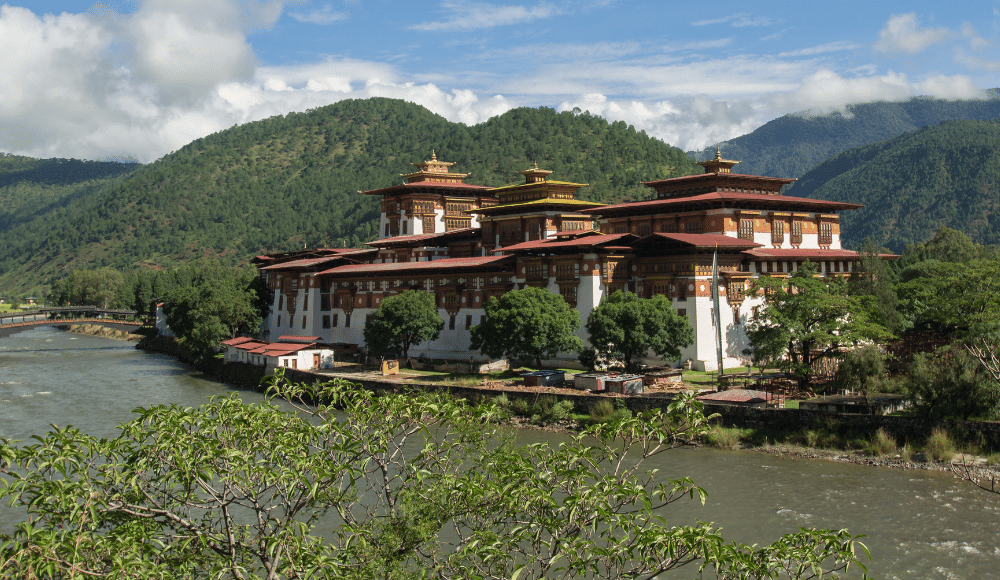
-
Comfortable Temperatures and Clear Skies: Spring in Bhutan features pleasant temperatures, with daytime highs ranging from 16°C to 22°C in the valleys and 5°C to 15°C in higher elevations. The mild weather creates ideal conditions for outdoor activities and sightseeing. Clear skies during this time offer excellent visibility of the majestic Himalayan peaks and unobstructed views for photography enthusiasts.
-
Blooming Flowers: Spring is a time when Bhutan's flora bursts into life, with rhododendrons, magnolias, and other flowers painting the hillsides in vibrant colors. This natural spectacle adds a unique charm to the country's already breathtaking landscapes.
-
Festivals like Paro Tsechu and Punakha Drubchen: Spring coincides with several significant Bhutanese festivals, such as Paro Tsechu and Punakha Drubchen, which offer travelers the opportunity to immerse themselves in the local culture and traditions. These vibrant celebrations are characterized by colorful masks, traditional music, and dances, creating a memorable experience for visitors.
Potential Drawbacks:
-
Slightly Higher Tourist Numbers: Due to the favorable weather and blooming flowers, spring attracts a larger number of tourists to Bhutan. This can lead to more crowded trails and popular destinations, which may impact the overall experience for some travelers.
Tips for Traveling in Spring:
-
Plan and Book Early: To secure the best options for accommodations, permits, and transportation, plan your trip and make bookings well in advance.
-
Embrace the Festivals: Attend the local festivals to gain a deeper understanding of Bhutanese culture and traditions. Be respectful and follow any guidelines provided by your guide or local authorities.
Spring in Bhutan offers numerous advantages for travelers, including comfortable temperatures, clear skies, blooming flowers, and vibrant cultural experiences. However, the popularity of this season can also result in higher tourist numbers. By planning and booking early, and embracing the local culture, you can enjoy a memorable and enriching journey through the Land of the Thunder Dragon.
Summer (June to August) in Bhutan
Summer in Bhutan brings a season of lush green landscapes and abundant flora and fauna, offering a unique perspective of this enchanting country. While the monsoon season presents some challenges for travelers, it also provides a range of advantages and opportunities. Here we will explore the benefits and potential downsides of visiting Bhutan during the summer months, giving you insights to help plan a memorable trip.
Advantages of Traveling in Summer:

-
Green Landscapes and Abundant Flora and Fauna: The arrival of the monsoon transforms Bhutan's valleys and forests into a verdant paradise. The lush greenery and vibrant landscapes are a sight to behold, providing excellent opportunities for nature lovers and photographers. Additionally, the abundance of flora and fauna during this time makes it an ideal season for birdwatching and wildlife spotting.
-
Lower Tourist Numbers and Off-Peak Pricing: Summer is considered the off-peak season in Bhutan, which means fewer tourists and less crowded destinations. This allows for a more tranquil experience and the opportunity to enjoy lower prices for accommodations, transportation, and other services.
Potential Drawbacks:
-
Monsoon Season and Heavy Rainfall: Summer in Bhutan is marked by the arrival of the monsoon, which brings heavy rainfall and high humidity. The frequent downpours can cause disruptions to travel plans, muddy trails, and an increased risk of landslides in certain areas.
-
Limited Visibility: The heavy rains and resulting cloud cover during the monsoon season can reduce visibility, making it challenging to enjoy clear views of the majestic Himalayan peaks and valleys. This may impact sightseeing and photography opportunities for some travelers.
Tips for Traveling in Summer:
-
Prepare for Rain: Pack appropriate rain gear, including waterproof clothing, footwear, and bags to protect your belongings from getting wet. It is also a good idea to carry extra layers and a change of clothes in case you get caught in a downpour.
-
Focus on Lower-Elevation Destinations: While high-altitude trekking may be challenging during the monsoon, summer is a great time to explore lower-elevation destinations, such as cultural sites in the valleys or wildlife-rich national parks.
-
Be Flexible with Your Itinerary: The unpredictable weather during the monsoon season may require adjustments to your travel plans. Be prepared to adapt your itinerary and make the most of the experiences available during your visit.
Traveling to Bhutan during the summer months offers a unique set of advantages and challenges. By focusing on the lush green landscapes, abundant wildlife, and lower tourist numbers, you can make the most of your trip. However, be prepared for potential drawbacks, such as heavy rainfall and limited visibility, and take necessary precautions to ensure a safe and enjoyable journey.
Autumn (September to November) in Bhutan
Autumn in Bhutan is a season of clear skies, pleasant temperatures, and great visibility, making it an ideal time to explore the Land of the Thunder Dragon. This season provides many advantages for travelers, including vibrant cultural experiences. However, the popularity of autumn can result in some drawbacks, such as increased tourist numbers and higher accommodation costs. Here we will discuss the benefits and potential downsides of traveling to Bhutan during the autumn months, helping you make the most of your trip.
Advantages of Traveling in Autumn:
-
Clear Skies, Pleasant Temperatures, and Great Visibility: Autumn in Bhutan features post-monsoon clear skies and comfortable temperatures, with daytime highs ranging from 14°C to 20°C in the valleys and 5°C to 12°C in higher elevations. The mild weather creates ideal conditions for outdoor activities and sightseeing. The excellent visibility during this time offers stunning views of the majestic Himalayan peaks and unobstructed vistas for photography enthusiasts.
-
Festivals like Thimphu Tsechu and Black-Necked Crane Festival: Autumn coincides with several significant Bhutanese festivals, such as Thimphu Tsechu and the Black-Necked Crane Festival in Phobjikha Valley. These vibrant celebrations offer travelers the opportunity to immerse themselves in the local culture and traditions, providing a memorable experience during their visit.

Potential Drawbacks:
-
Peak Tourist Season and Higher Accommodation Costs: Due to the favorable weather and cultural attractions, autumn attracts a larger number of tourists to Bhutan. This can lead to more crowded trails and popular destinations, as well as increased costs for accommodations, permits, and other services.
Tips for Traveling in Autumn:
-
Plan and Book Early: To secure the best options for accommodations, permits, and transportation, plan your trip and make bookings well in advance.
-
Embrace the Festivals: Attend the local festivals to gain a deeper understanding of Bhutanese culture and traditions. Be respectful and follow any guidelines provided by your guide or local authorities.
Autumn in Bhutan offers numerous advantages for travelers, including clear skies, pleasant temperatures, great visibility, and vibrant cultural experiences. However, the popularity of this season can also result in higher tourist numbers and increased costs. By planning and booking early and embracing the local culture, you can enjoy a memorable and enriching journey through the Land of the Thunder Dragon.
Winter (December to February) in Bhutan
Winter in Bhutan is a season of tranquility, offering a unique perspective of this enchanting country. With fewer tourists and lower prices, it's an ideal time for travelers seeking a more peaceful experience. However, the colder temperatures and limited trekking opportunities can pose challenges for some. Here will explore the benefits and potential downsides of visiting Bhutan during the winter months, providing insights to help plan a memorable trip.
Advantages of Traveling in Winter:
-
Fewer Tourists and Lower Prices: Winter is considered the off-peak season in Bhutan, which means fewer tourists and less crowded destinations. This allows for a more tranquil experience and the opportunity to enjoy lower prices for accommodations, transportation, and other services.
-
Unique Cultural Experiences and Festivals: Winter in Bhutan features several unique cultural experiences and festivals, such as Punakha Winter Tsechu. These events offer travelers the opportunity to immerse themselves in local culture and traditions, providing a memorable experience during their visit.

Potential Drawbacks:
-
Cold Temperatures, Especially in Higher Altitudes: Winter in Bhutan brings cold temperatures, particularly in the higher elevations where snowfall is common. The valleys experience daytime highs between 10°C and 15°C, with nighttime lows occasionally dipping below freezing. This can make outdoor activities and sightseeing more challenging for some travelers.
-
Limited Trekking Opportunities Due to Snow: Snow in the higher elevations during winter can make trekking difficult and even dangerous in some areas. Many high-altitude treks are inaccessible during this time, limiting the options for adventure-seeking travelers.
Tips for Traveling in Winter:
-
Dress Appropriately: Pack warm clothing, including layers, hats, gloves, and thermal wear, to stay comfortable in the cold temperatures. Waterproof shoes and outerwear are also essential for navigating snowy or wet conditions.
-
Focus on Lower-Elevation Destinations: While high-altitude trekking may be challenging during winter, the season is a great time to explore lower-elevation destinations, such as cultural sites in the valleys and wildlife-rich national parks.
-
Embrace the Cultural Experiences: Attend local festivals and cultural events to gain a deeper understanding of Bhutanese traditions and customs. Be respectful and follow any guidelines provided by your guide or local authorities.
Traveling to Bhutan during the winter months offers a unique set of advantages and challenges. By focusing on fewer tourists, lower prices, and unique cultural experiences, you can make the most of your trip. However, be prepared for potential drawbacks, such as cold temperatures and limited trekking opportunities, and take necessary precautions to ensure a safe and enjoyable journey.
Overall Conclusion
The best time to visit Nepal and Bhutan depends on your individual preferences and priorities. Each season offers distinct advantages and drawbacks, which can influence your choice:

-
Spring (March-May): Ideal for those seeking comfortable temperatures, clear skies, and blooming flowers. Both countries feature popular festivals and trekking opportunities during this season. However, be prepared for slightly higher tourist numbers in both Nepal and Bhutan.
-
Summer (June-August): Perfect for travelers who appreciate lush green landscapes and vibrant flora and fauna. Summer offers lower tourist numbers and off-peak pricing, but keep in mind that the monsoon season can bring heavy rainfall, limited visibility, and occasional landslides in Nepal. Bhutan also experiences heavy rainfall and limited visibility during this time.
-
Autumn (September-November): The best choice for those prioritizing clear skies, pleasant temperatures, and optimal trekking conditions. Both countries celebrate major festivals during this season, providing unique cultural experiences. However, expect higher tourist numbers and increased accommodation costs.
-
Winter (December-February): Suitable for travelers seeking fewer tourists, lower prices, and unique winter festivals. Both countries offer a peaceful atmosphere and cultural experiences but be prepared for cold temperatures and limited trekking opportunities due to snow.
Both Nepal and Bhutan boast stunning landscapes, rich cultures, and unforgettable experiences. No matter which season you choose, you're sure to have a memorable trip. So, go ahead and plan your adventure, taking into account your priorities and preferences. Embark on a journey to experience the unique beauty and culture of these incredible countries, and create memories that will last a lifetime.






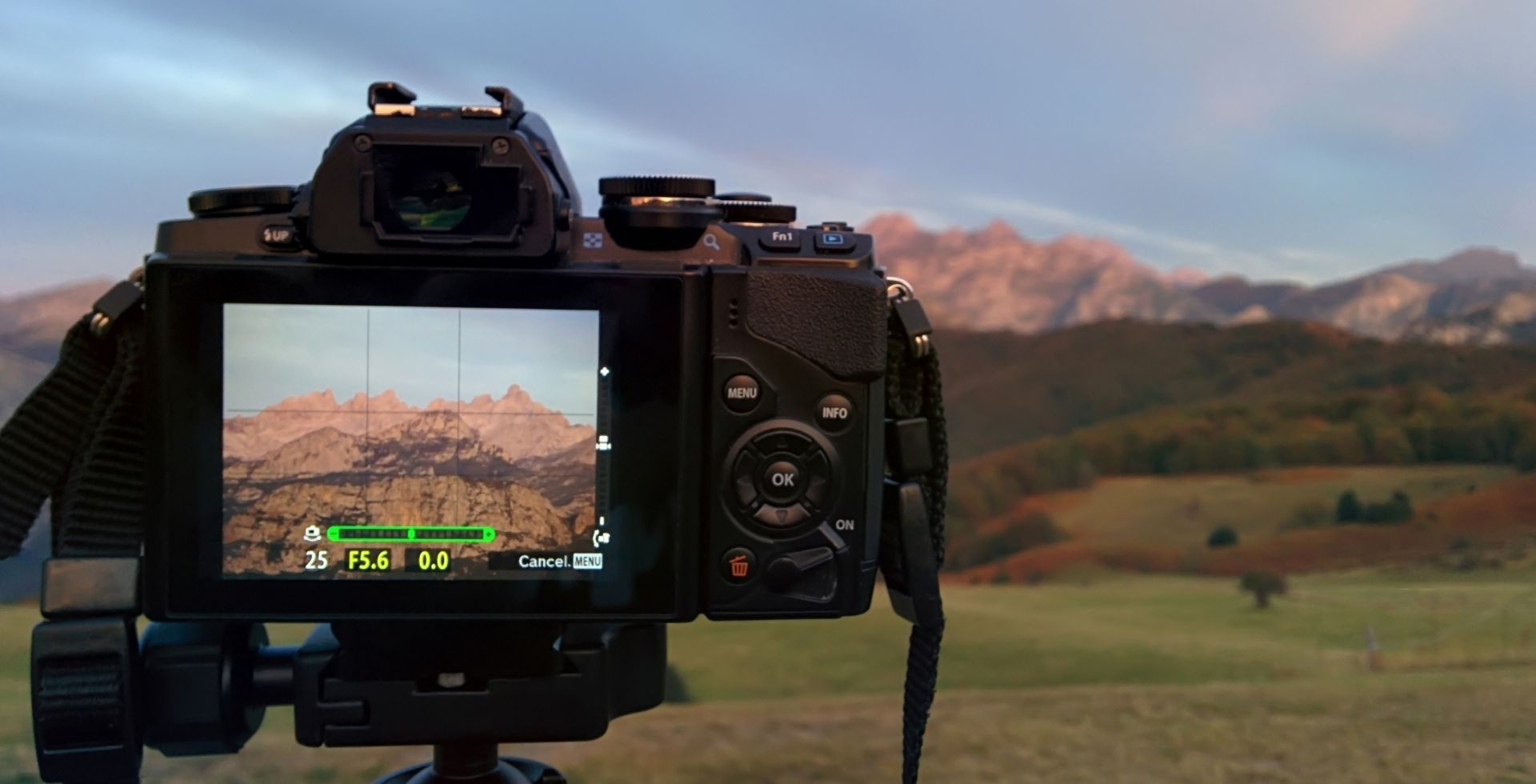
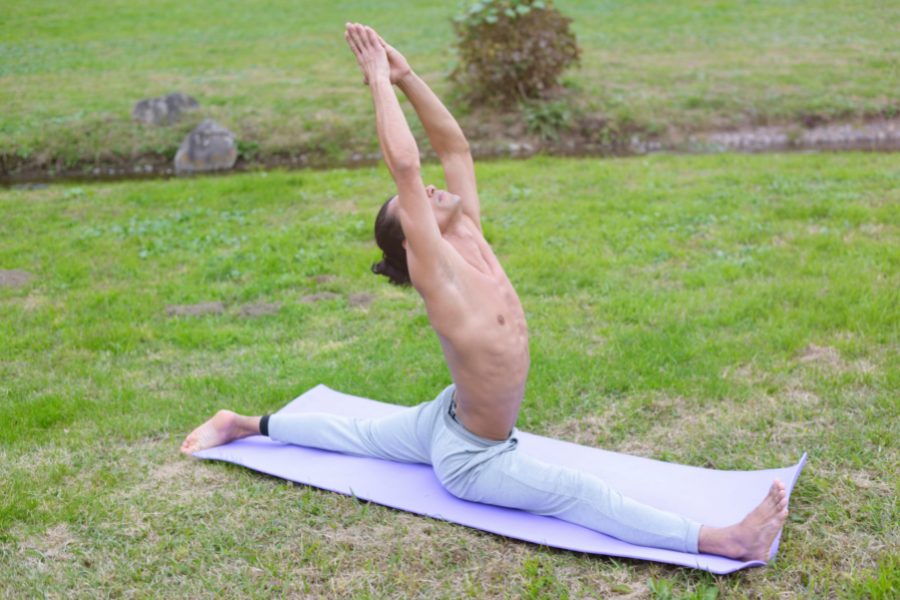
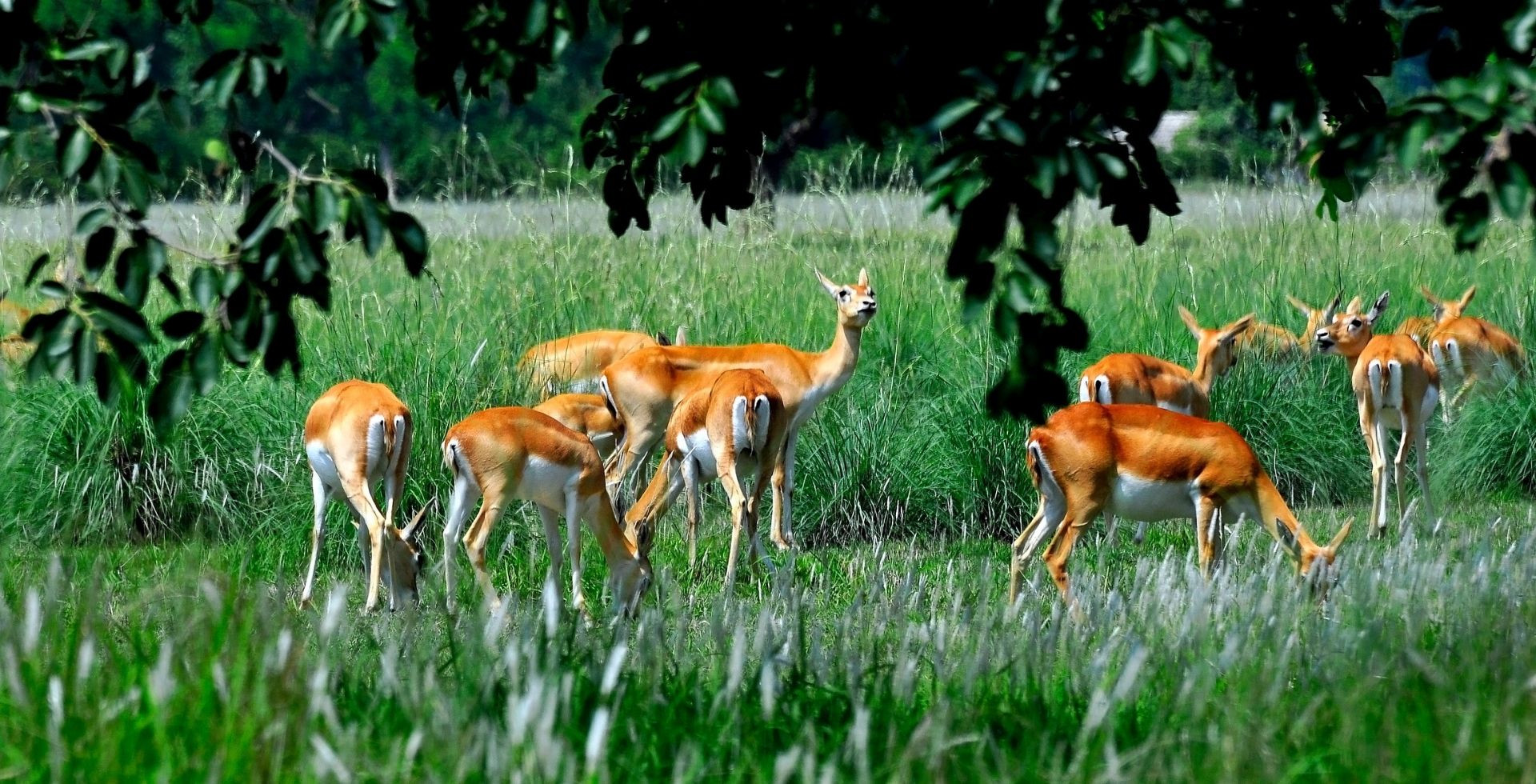
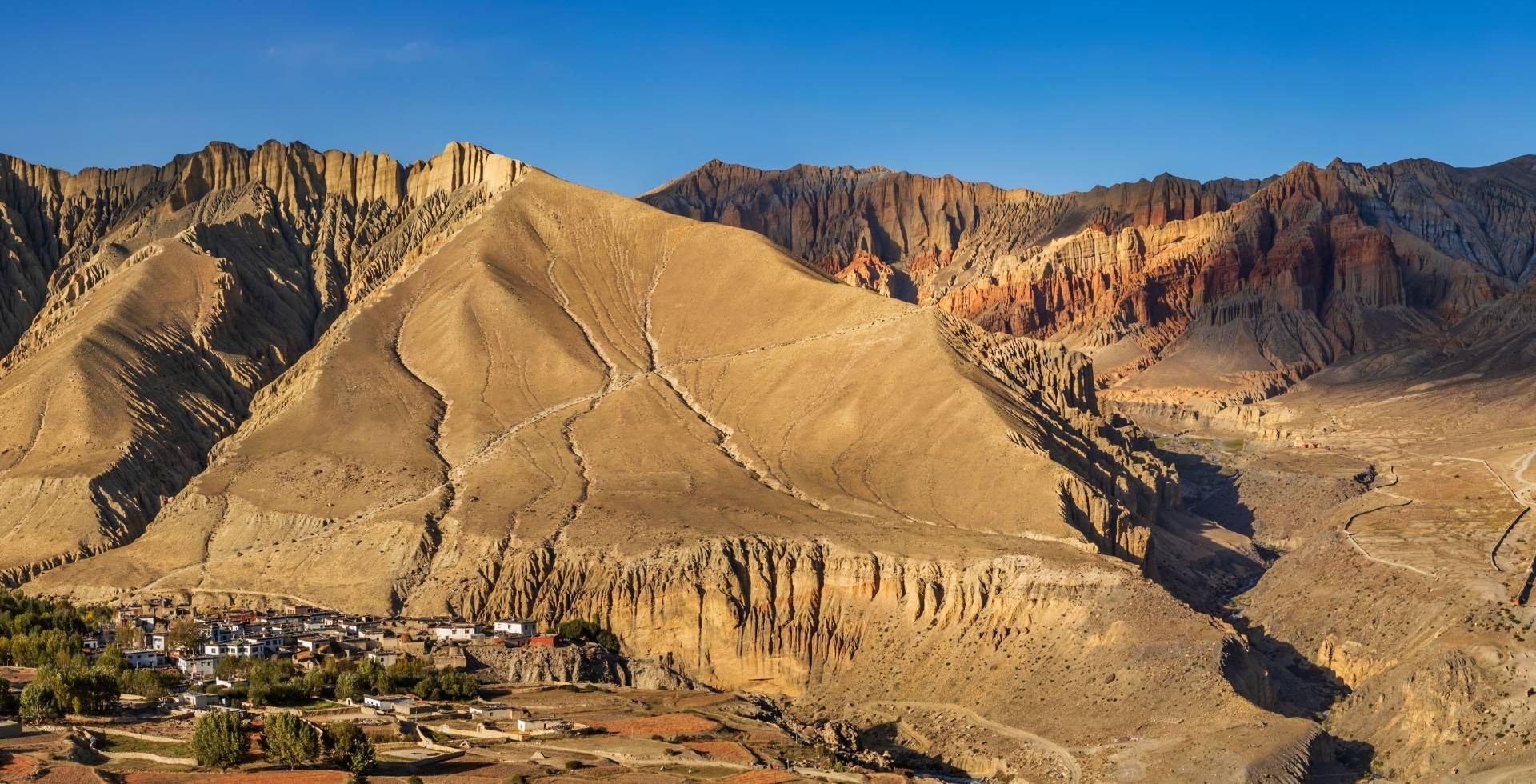

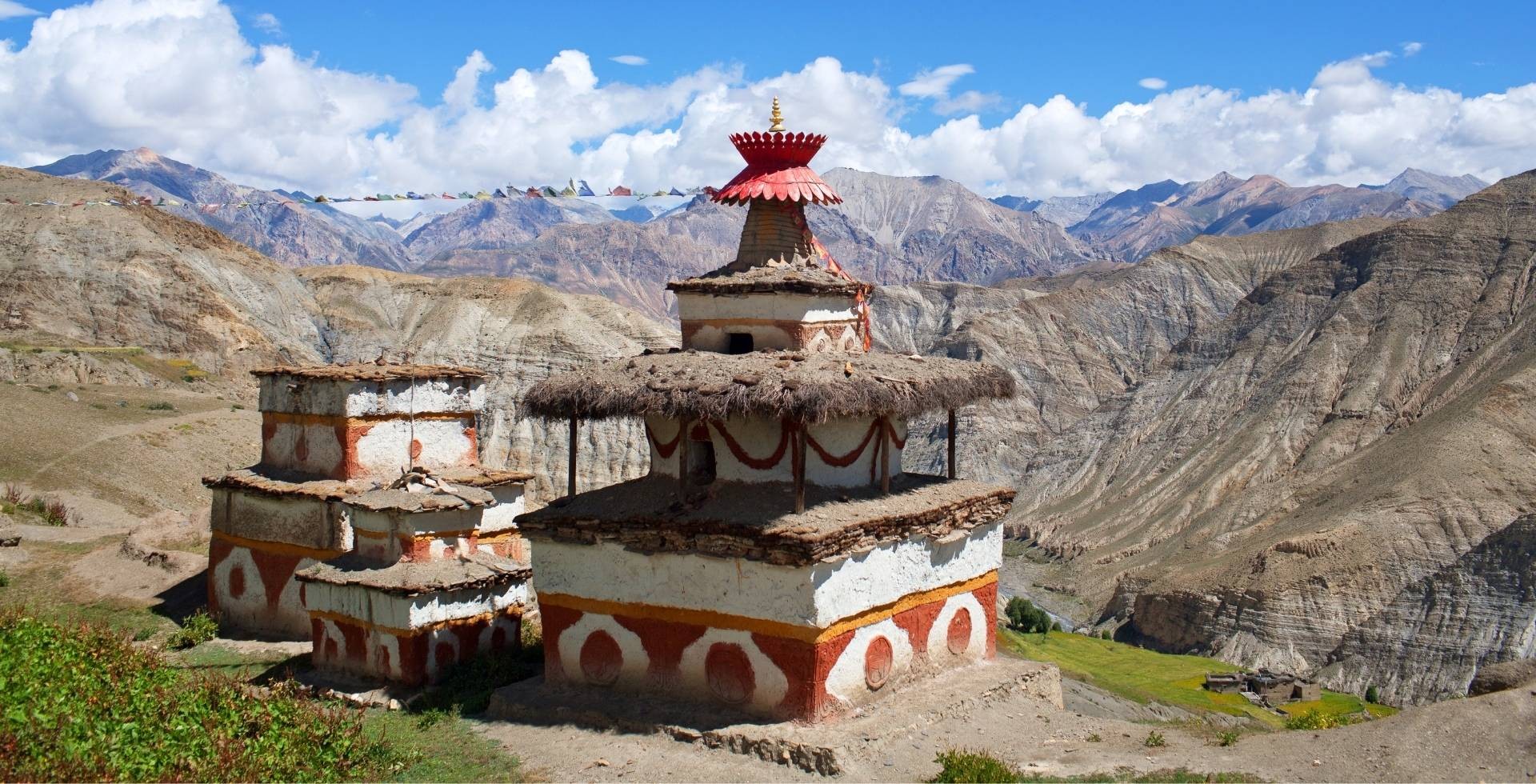
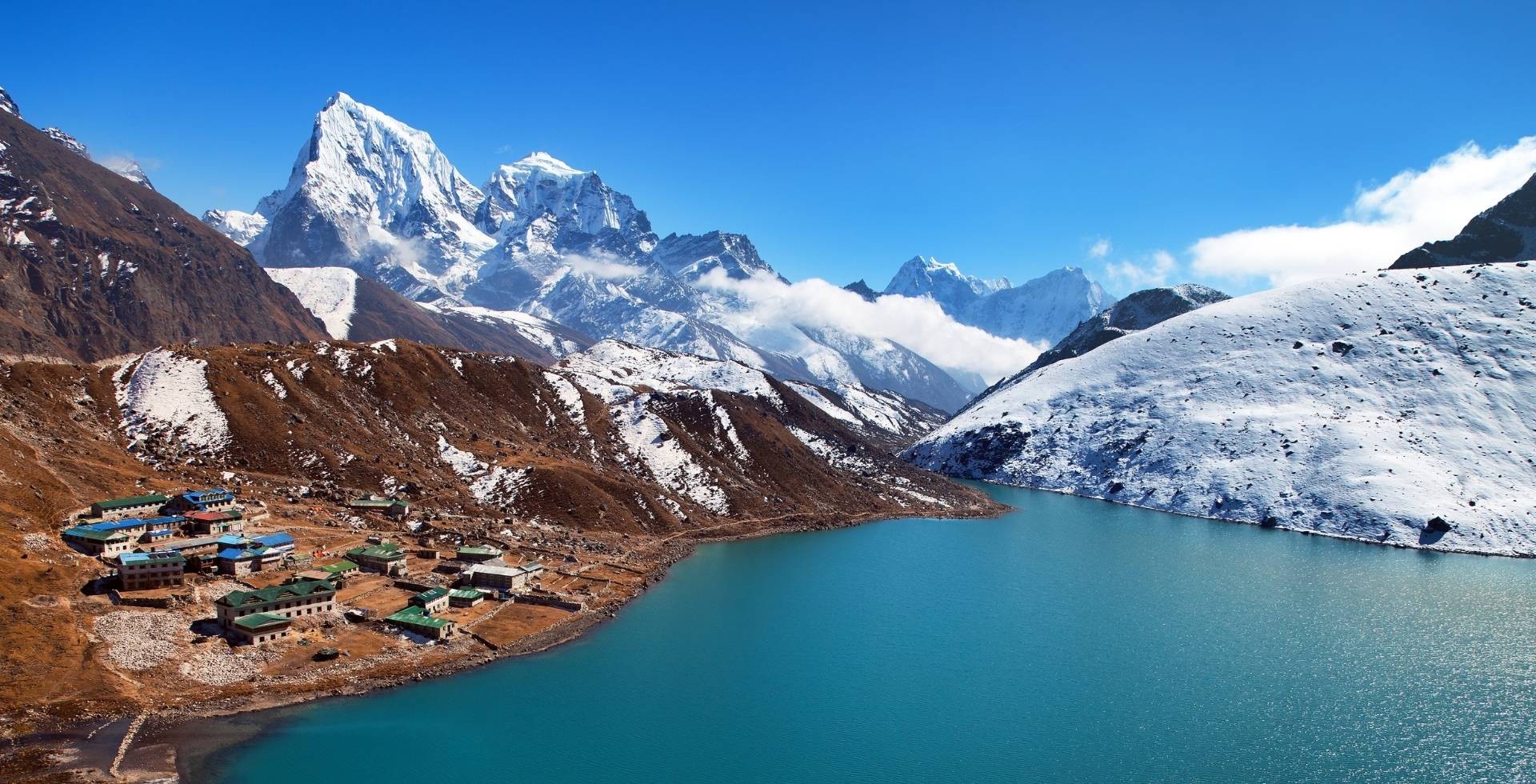
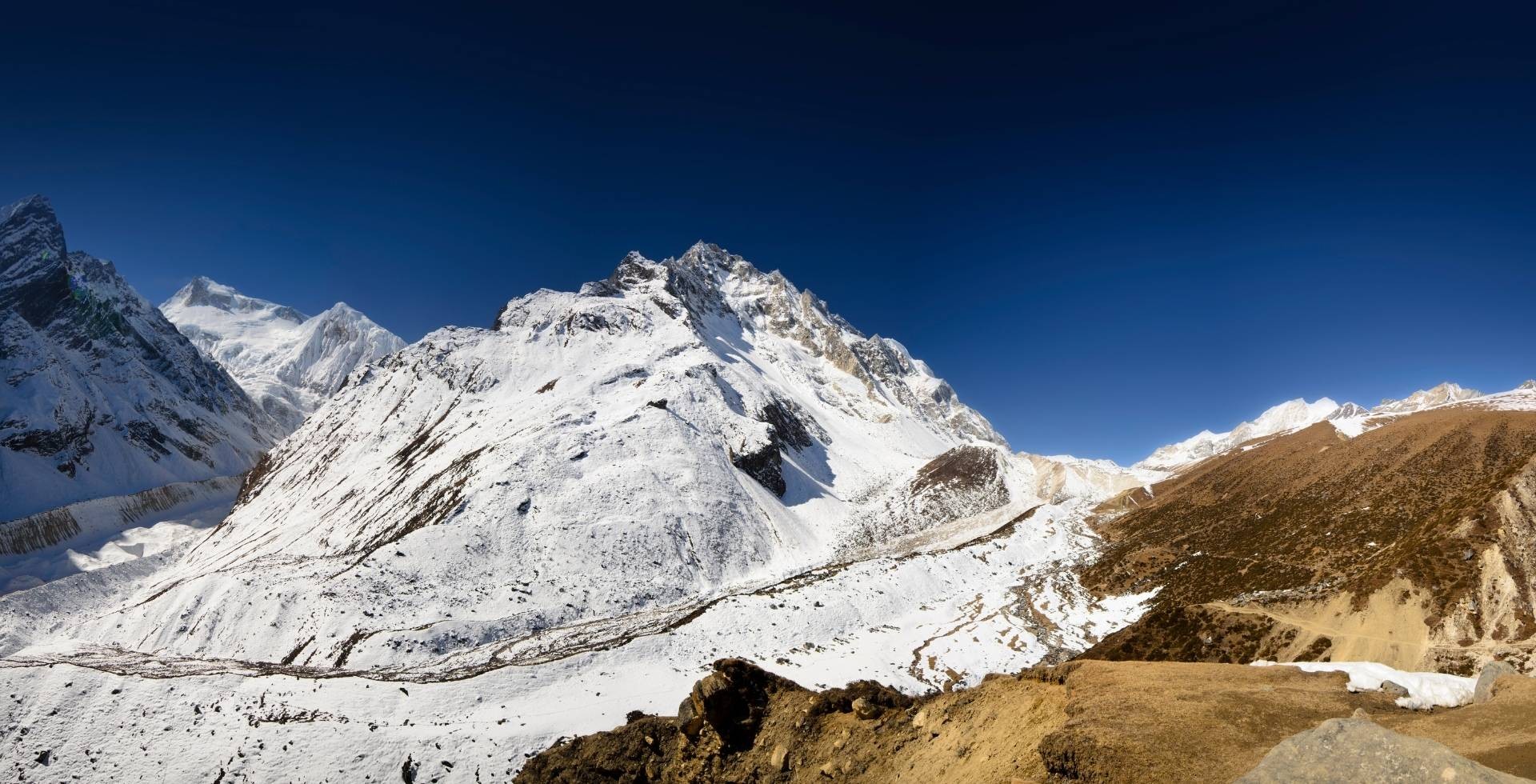
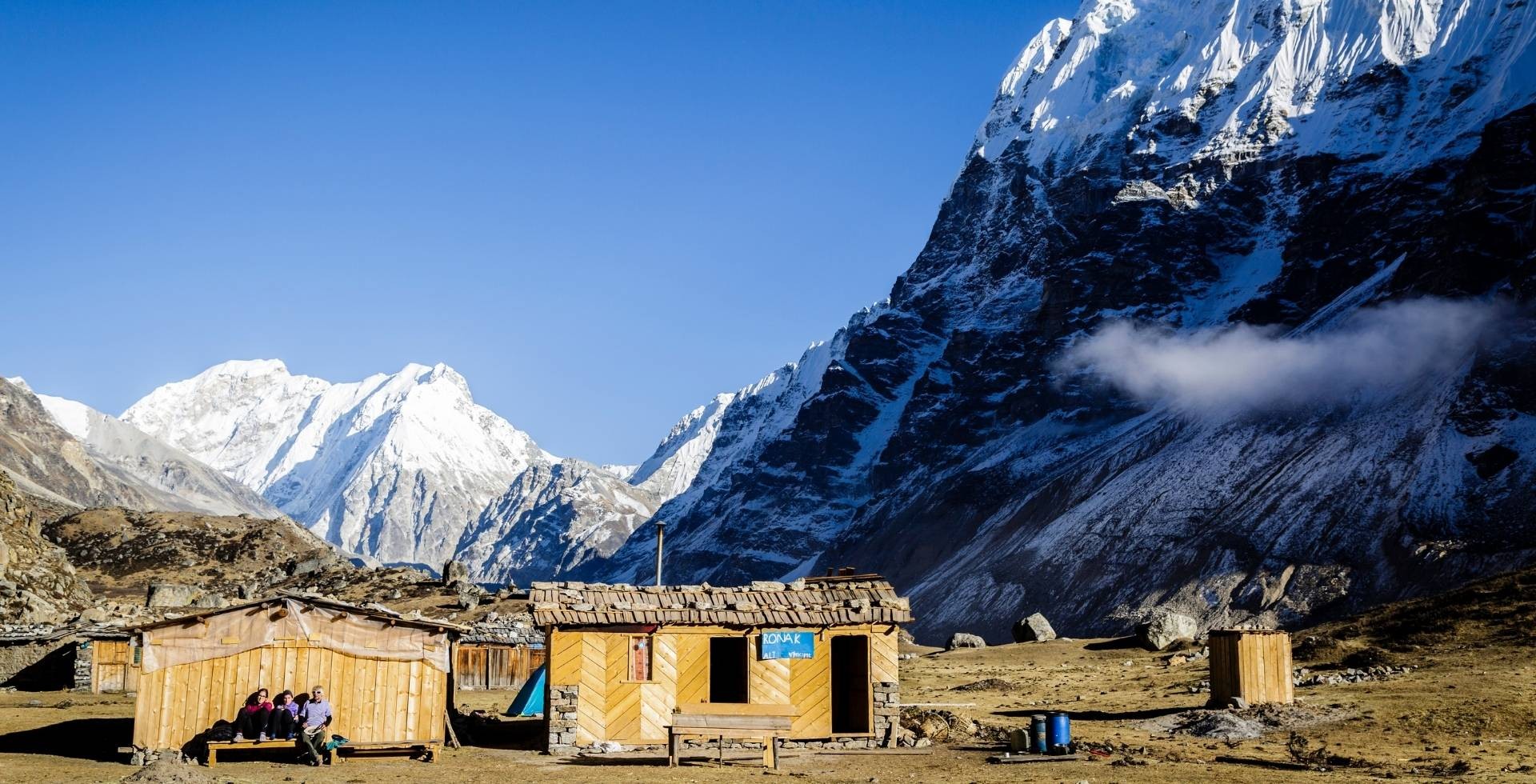
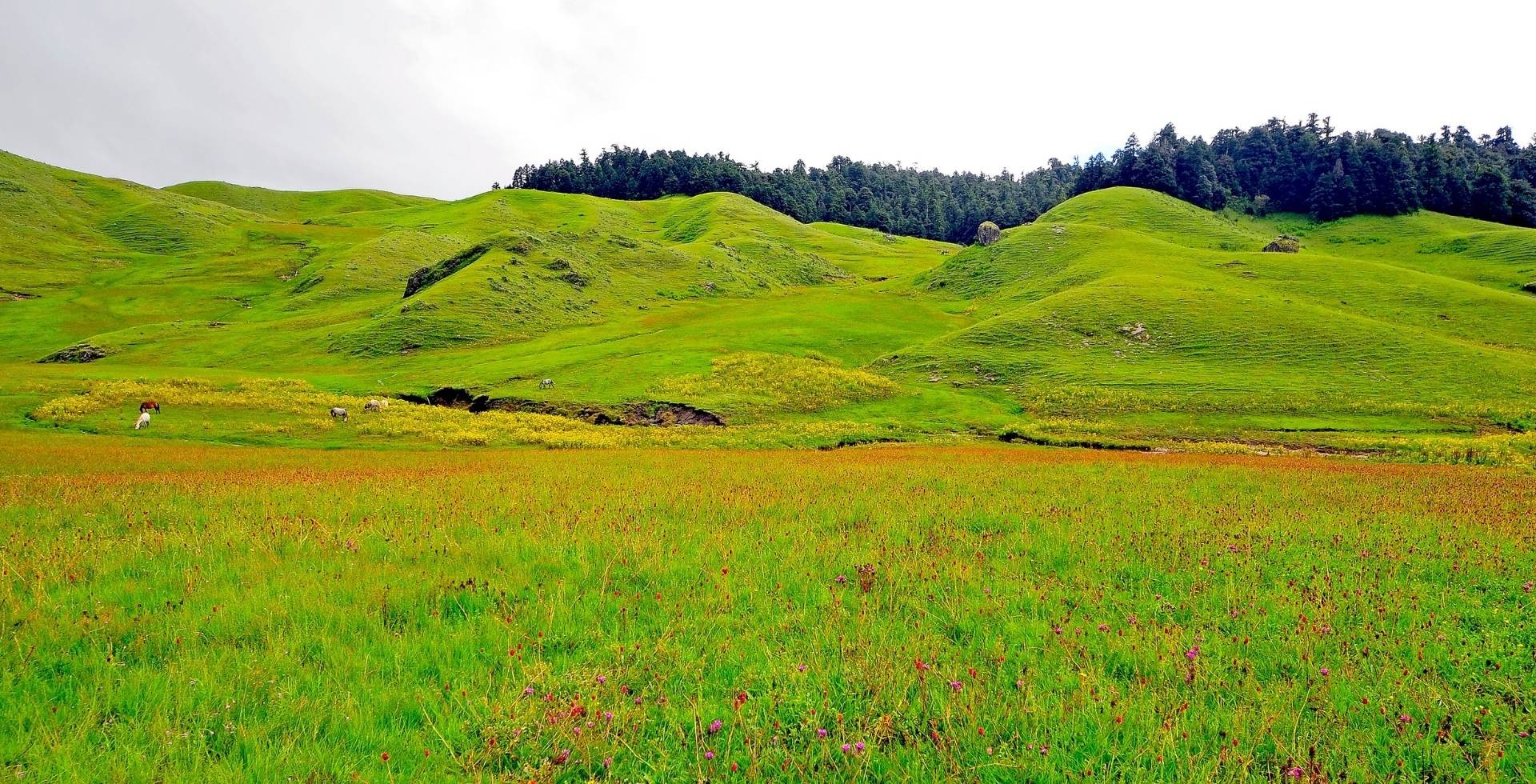
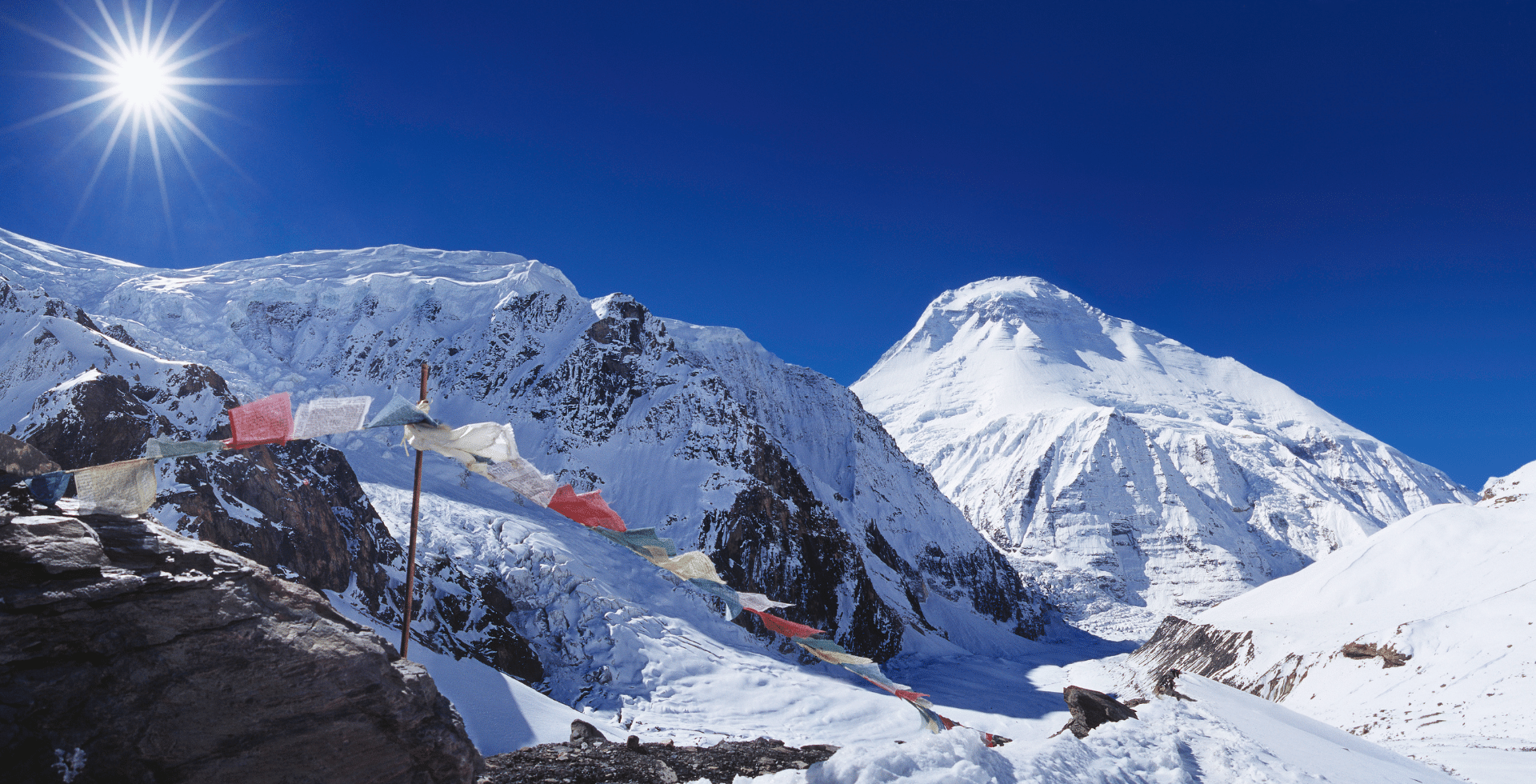
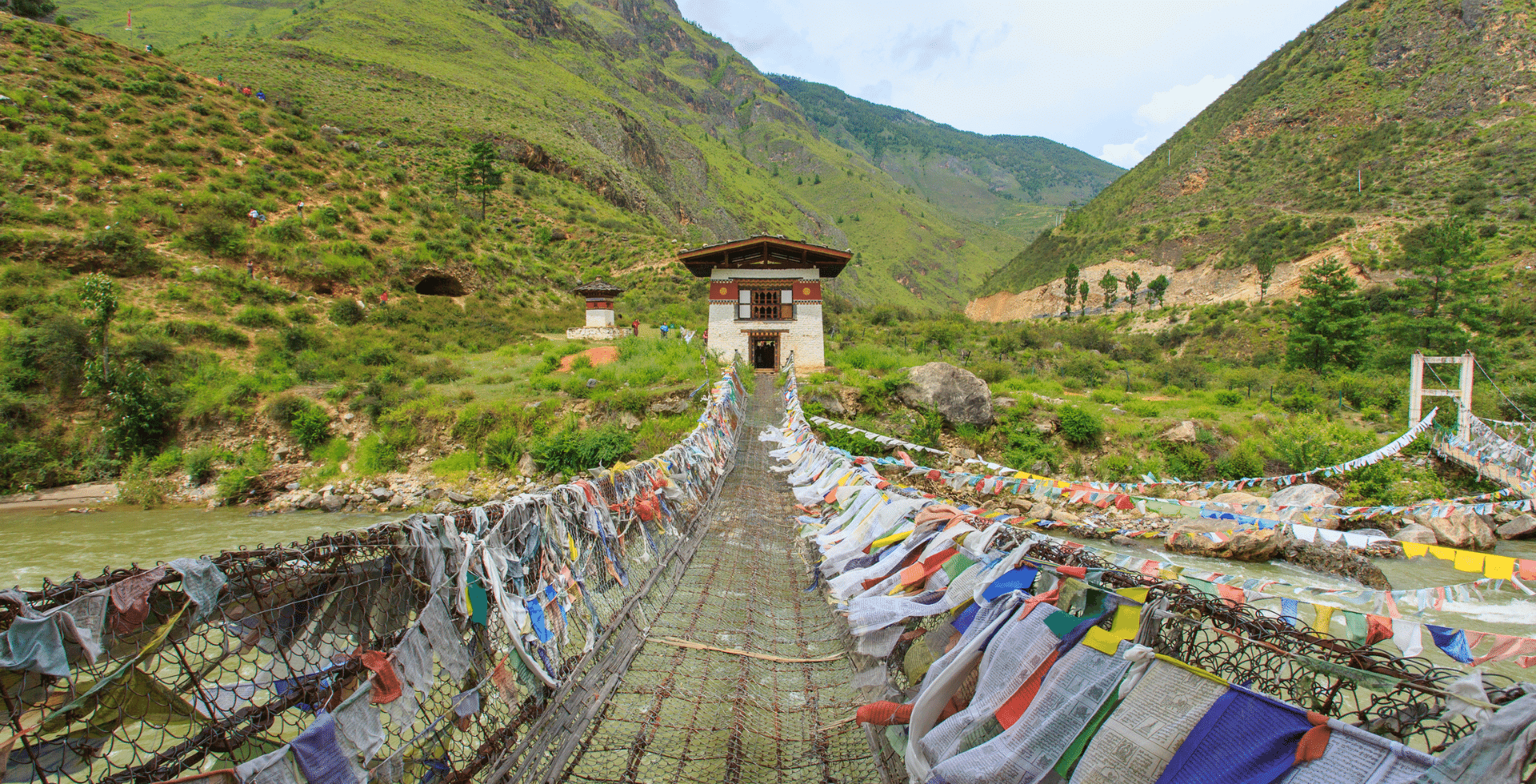
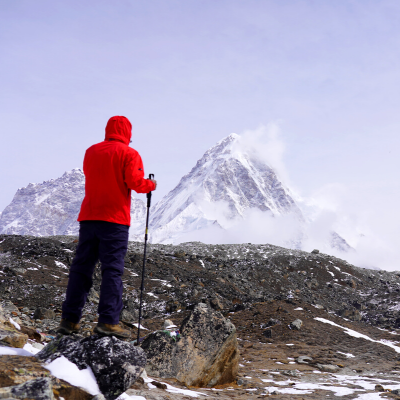 Kiran Neupane
Kiran Neupane